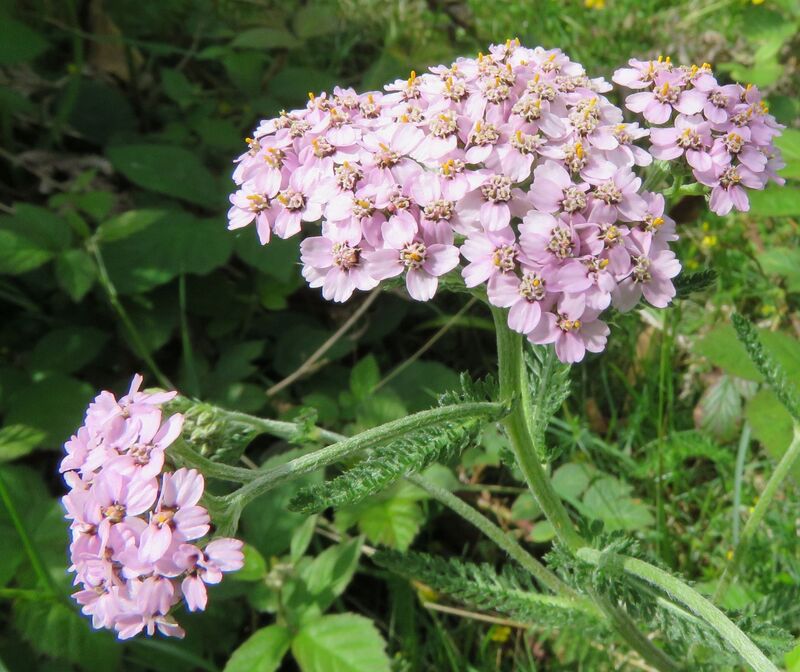 Upper-wings of two Dark Green Fritillary
Upper-wings of two Dark Green Fritillary I know a butterfly hotspot, sheltered by larch and a stone wall that is itself a sculpture, with through-stones and limestone like millefeuille pastry- stone of compacted layers. At the base of the wall bright white bedstraw and purple thyme and soft mosses cushion the rock.
Fresh bramble flowers should attract butterflies once they release nectar. The Dark Green Fritillary and the Small Pearl- bordered Fritillary have a micro-habitat here in the fringe of bracken where the females lay their eggs to overwinter on tough stems, under leaves. The Dark Green Fritillary larvae feed on the Common Dog violet and the warmth and shelter within the tangle of bracken and bramble is nurturing. Flowers of Yarrow, Achillea millefolium- for its feathery leaves. Dropwort and wood sage on limestone clitter.
A lovely morning and everything coalesced here with the Dark Green Fritillary. I spend hours studying photographs, cropping them to show detail. On some images the best way to fathom the anatomy of the butterflies is to find two gold-tipped antennae for each, then trace the disposition of head and legs, and of those eight wings.
You can see the millefeuille limestone effect in the central stones at the base of the wall. I love the different character that local geology gives to a wall structure. Sandstone walls look very different.
We found a hole in a wall and, it being the summer solstice, we could have played out the Pyramus and Thisbe scene from a Middsummer Night's Dream, an apt motif for lockdown.




















 RSS Feed
RSS Feed